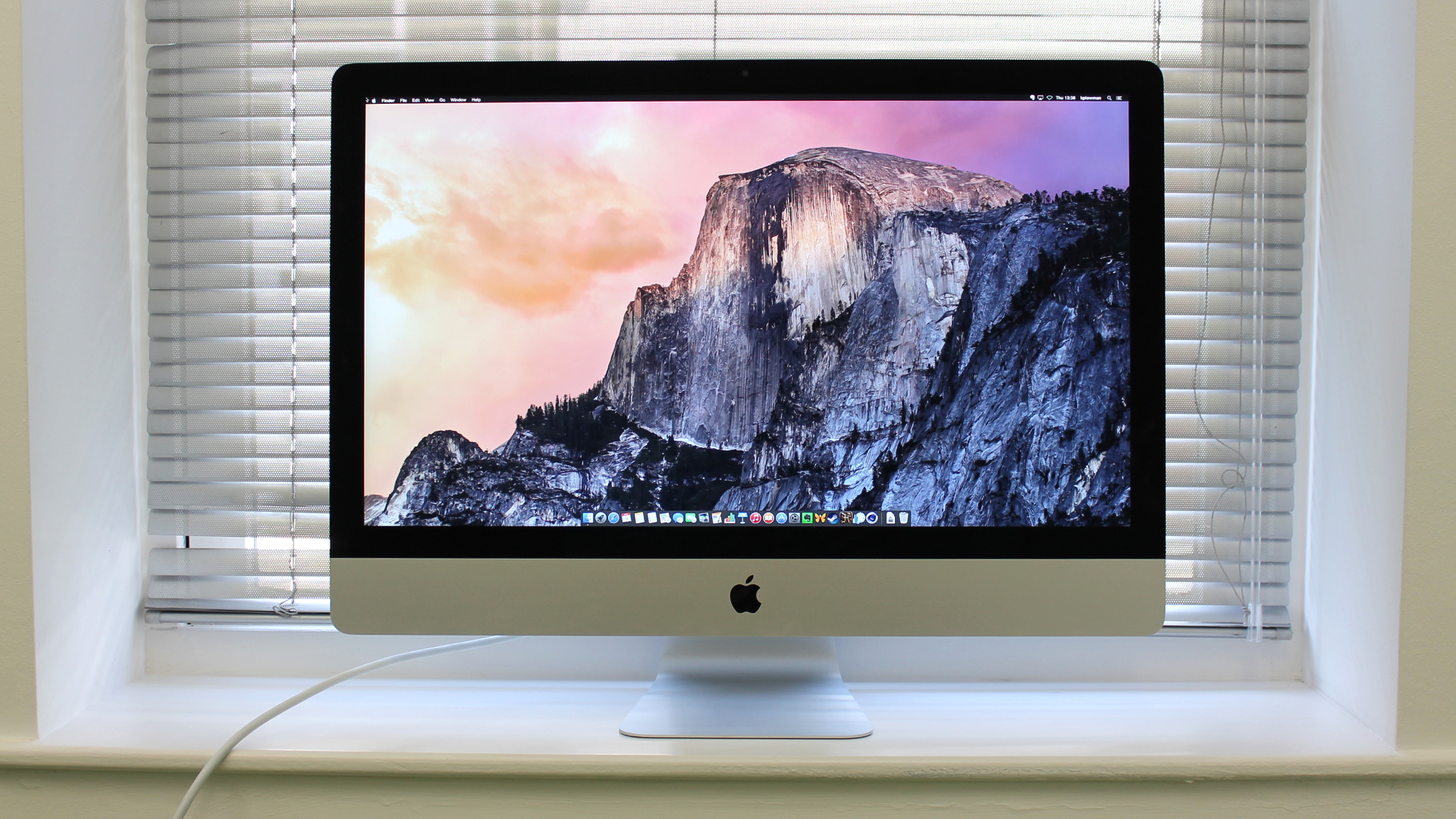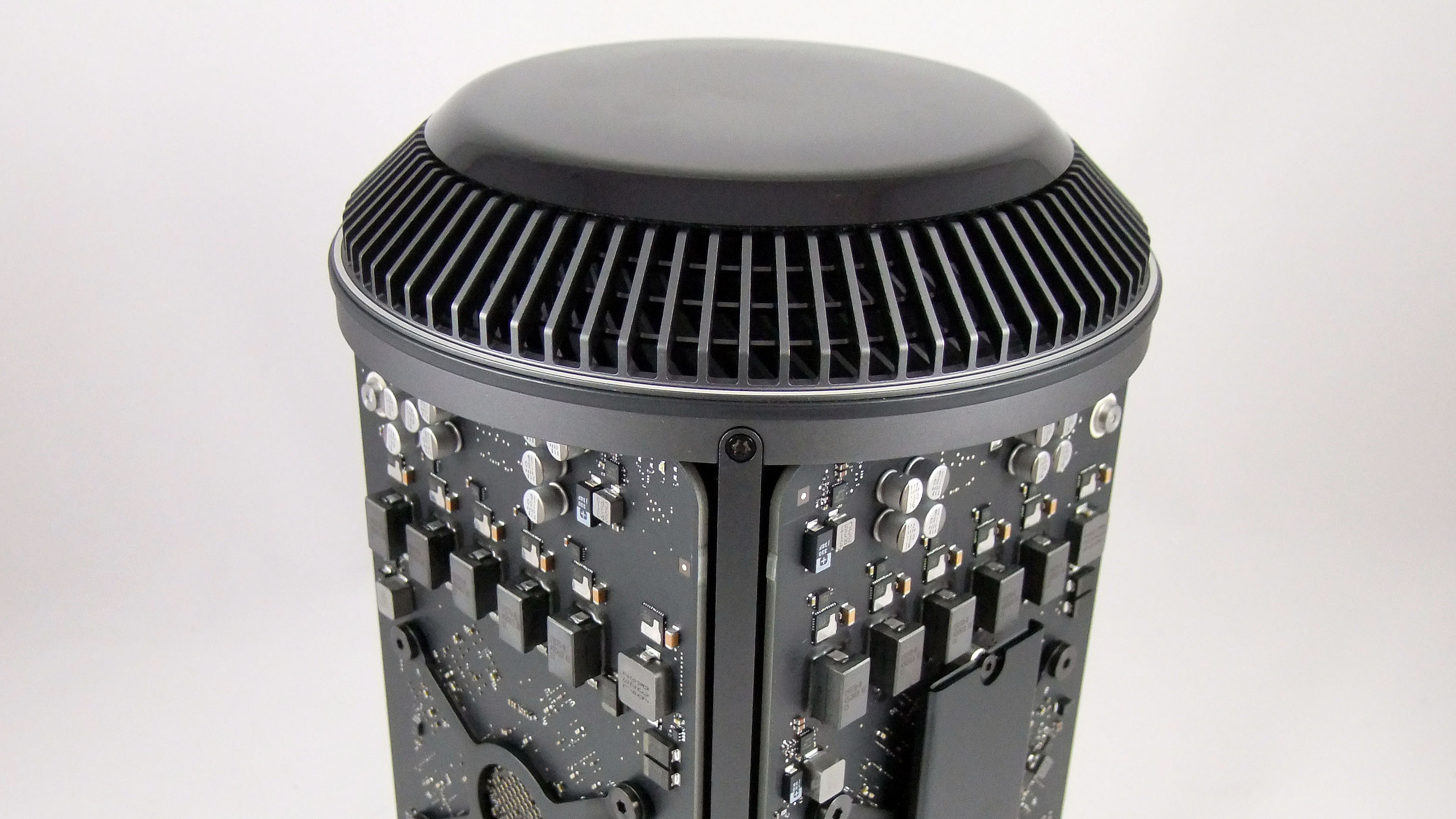2020 vision: how the Mac will evolve over the next 5 years
Cupertino will certainly be pushing its Mac line-up harder
Apple could also face an existential crisis from Microsoft's upcoming Continuum feature within Windows 10 that allows a phone to be used as a PC when plugged into a monitor. If it takes off, customers will only want one piece of hardware – a phone – and will not be willing to spend upwards of £800 ($1,000 in the US, which is around AU$1,250) on a laptop as well as £600 ($600, which is around AU$750) on a premium phone.
If this version of the future is realised, and it may well be, then Apple has a problem on its hands. All Windows 10 phones will run a full version of the operating system while iPhones and iPads run iOS, which is similar to OS X in many regards but is not a "full" operating system. There are, obviously, cross-platform apps, such as the iWork suite, but there would be no ability to do serious work in, say, Final Cut on an iPhone when it's being used as a laptop.
Thus far, Apple is betting that consumers still want differentiated devices: one for mundane tasks, one for work, and its five year plan is based on this assumption. And it may turn out the company is correct. Apple's iterations, especially in terms of laptops, are based around a distinct device that can be used for tasks that are not appropriate on a phone – creating documents, editing photos or videos – and consumers will likely still have a place within their homes for this kind of device.
Mac sales are still growing but are relatively low sitting at a little over five million units in most quarters, while OS X makes up a little under 10% of the operating system market. It is perhaps unfair then to compare Apple's strategy to Microsoft's – one is focused on a niche set of users who know they want a Mac and know what they want it for, while the other is based around getting Windows into as many hands, or on as many desks, as possible.

Three of a kind
Desk-based computing is one of the areas that Apple excels in with three distinct models that consistently rank at the top of their respective markets. The Mac mini, the cheapest way to get into the OS X ecosystem, has received a new design and internals over the past few years and this is likely to continue going forward, perhaps even shrinking in size. The price point of the Mac mini is its most compelling facet and Apple will likely keep it around simply because of this.
The iMac kicked off the 'all-in-one' desktop revolution that put the screen and internals in one unit, usually atop a stand, rather than requiring a separate monitor. Through serious hardware improvements, the top-end iMac now features a 5K display and comes with a tapered design that gives the impression of almost no depth, and this arc is likely to continue, especially in terms of how powerful the machine is. Some users have switched from the Mac Pro to a top-end iMac simply because the machine is so powerful. Through technologies such as Thunderbolt, and now USB Type-C, high-end peripherals can be plugged in and monitors can be daisy-chained.

The Mac Pro received a long overdue update in 2013, introducing new internals and a new design, giving high-end users a reason to spend £2,500 ($3,000, which is around AU$3,750) or more on a computer. The high-end was Apple's original market and some saw the lengthy period of time that it took the company to produce this latest model as an affront to its most dedicated Mac users, but the new hardware received positive reviews.
Are you a pro? Subscribe to our newsletter
Sign up to the TechRadar Pro newsletter to get all the top news, opinion, features and guidance your business needs to succeed!
The Mac Pro was never going to be a machine that was updated annually – who wants to spend over £2,500 ($3,000, around AU$3,750) on a machine that's outdated within 12 months – and so there will likely be only one update within the next five years, dealing with the internals.
Apple's Mac line-up will likely look fairly similar in 2020, save for hardware updates. The MacBook Air may become simply the MacBook as internal hardware can be squeezed into a new body, while the MacBook Pro will remain a product on its own. The Mac mini, the cheapest desktop in the line-up, will stay fairly much the same with internal hardware upgrades, while the iMac will continue to expand into the high-end space occupied by the Mac Pro.
Max Slater-Robins has been writing about technology for nearly a decade at various outlets, covering the rise of the technology giants, trends in enterprise and SaaS companies, and much more besides. Originally from Suffolk, he currently lives in London and likes a good night out and walks in the countryside.